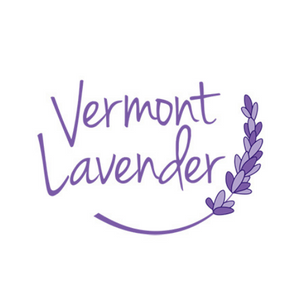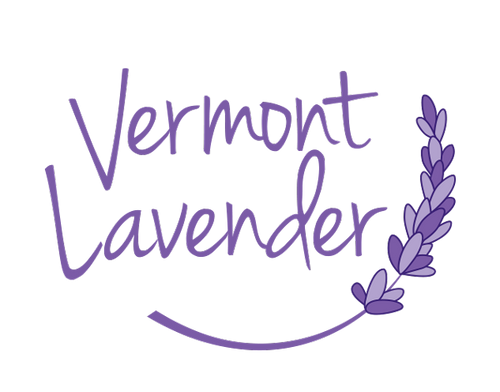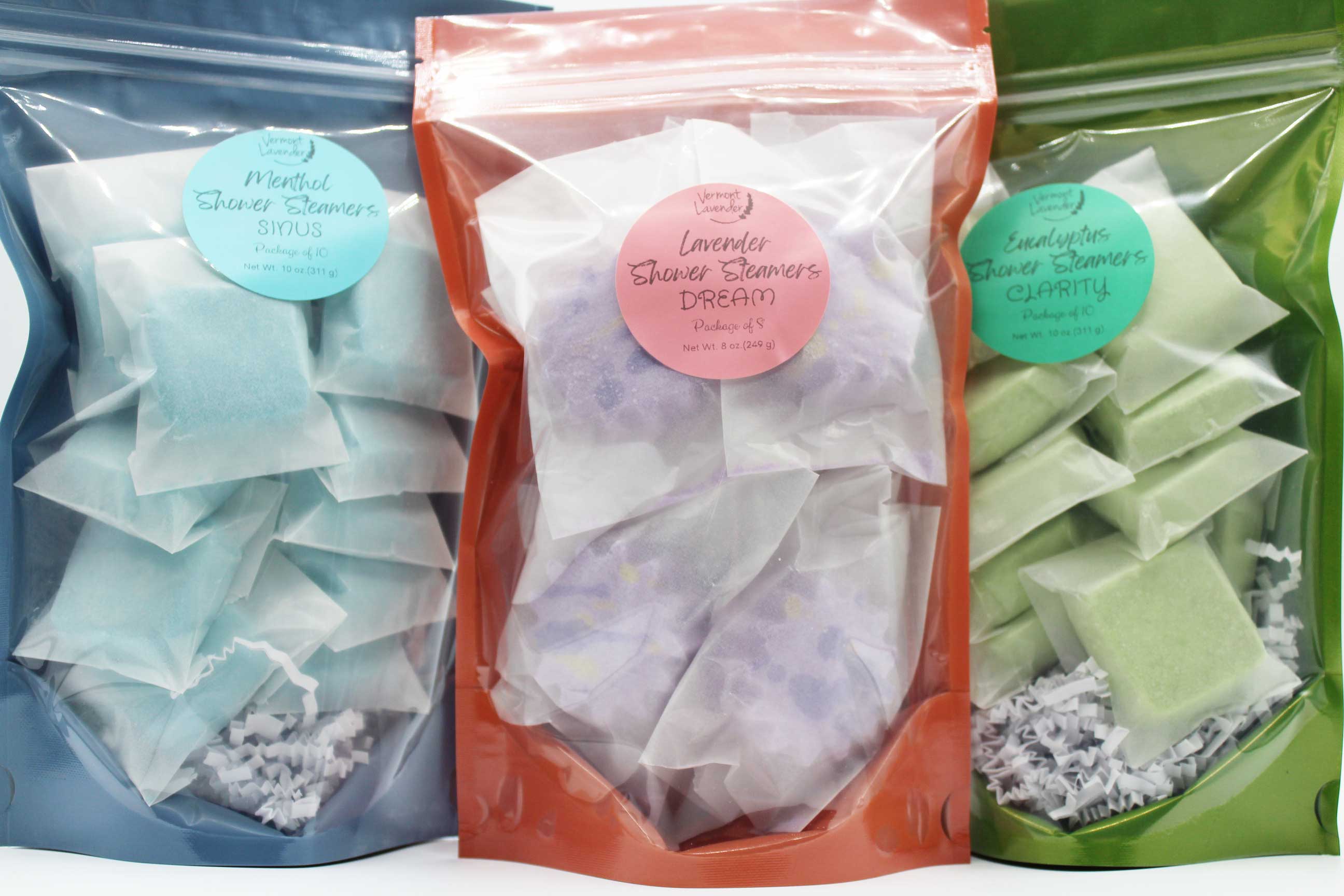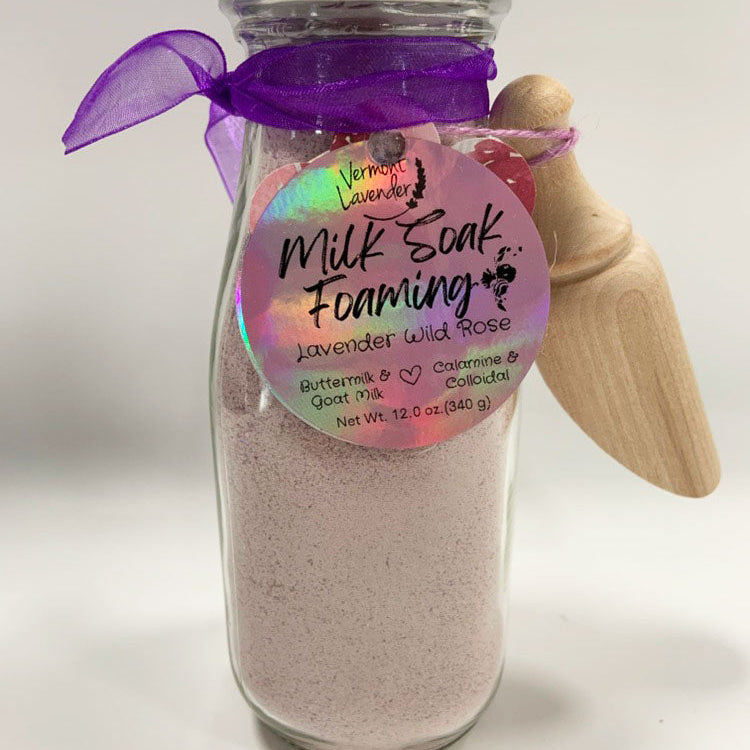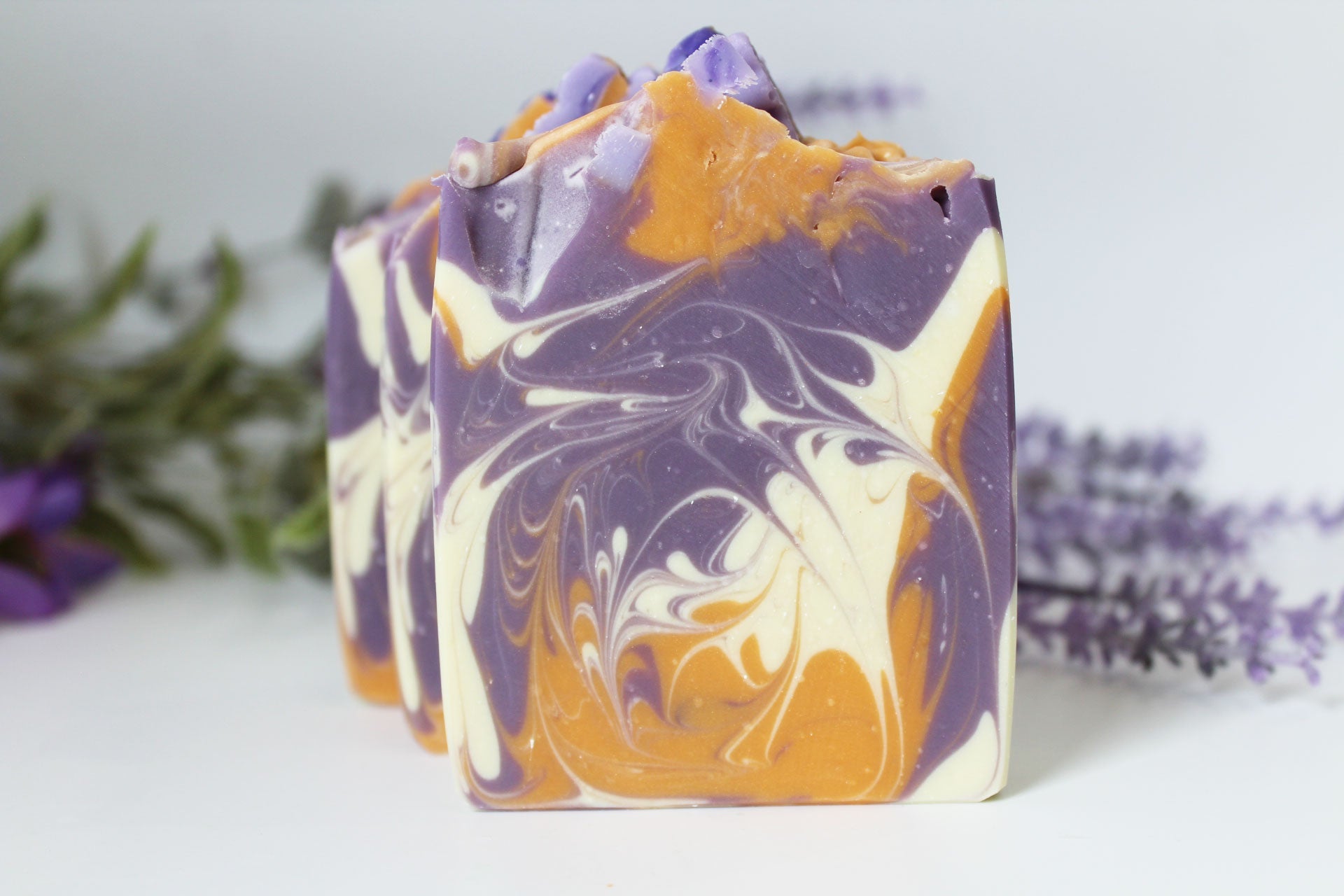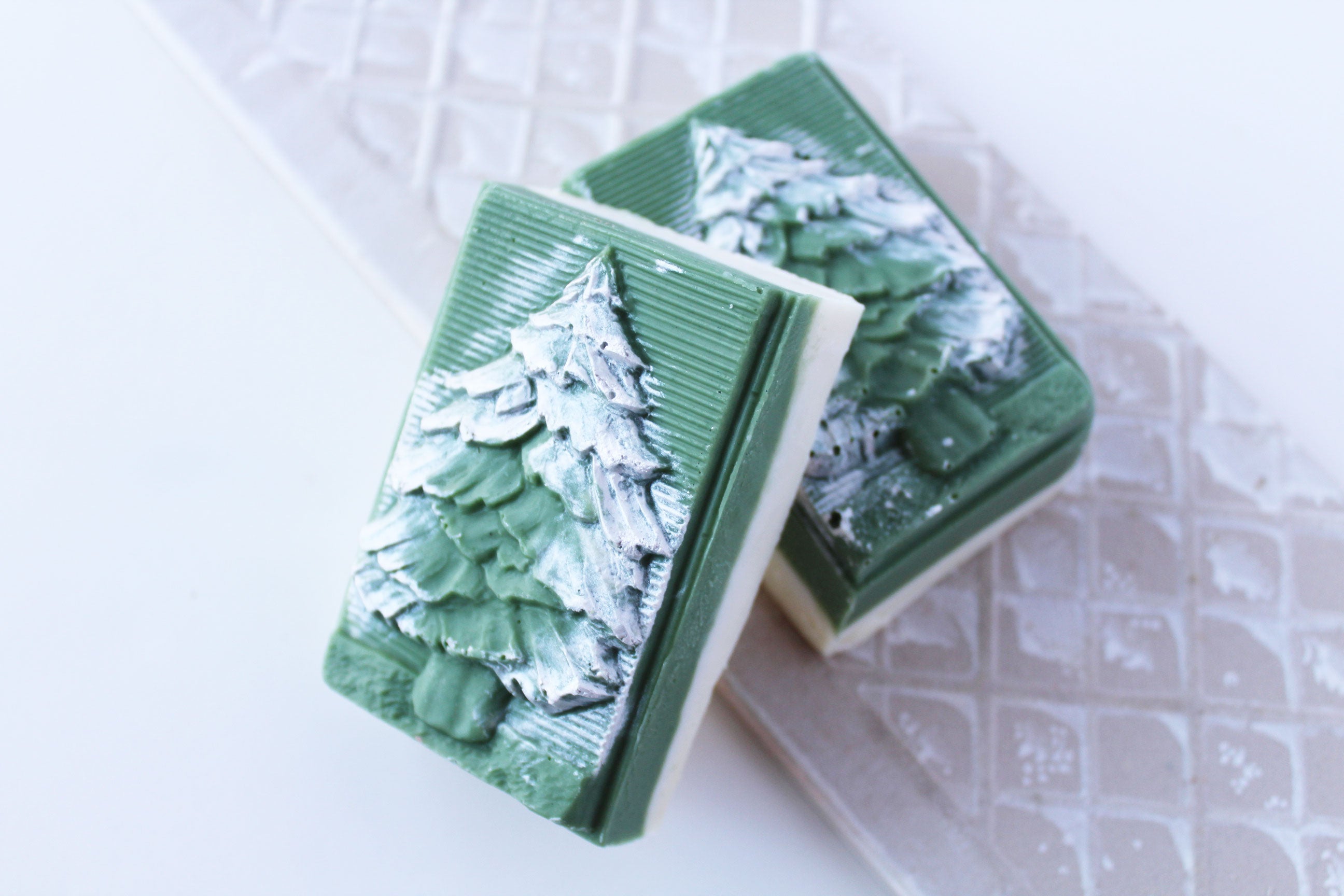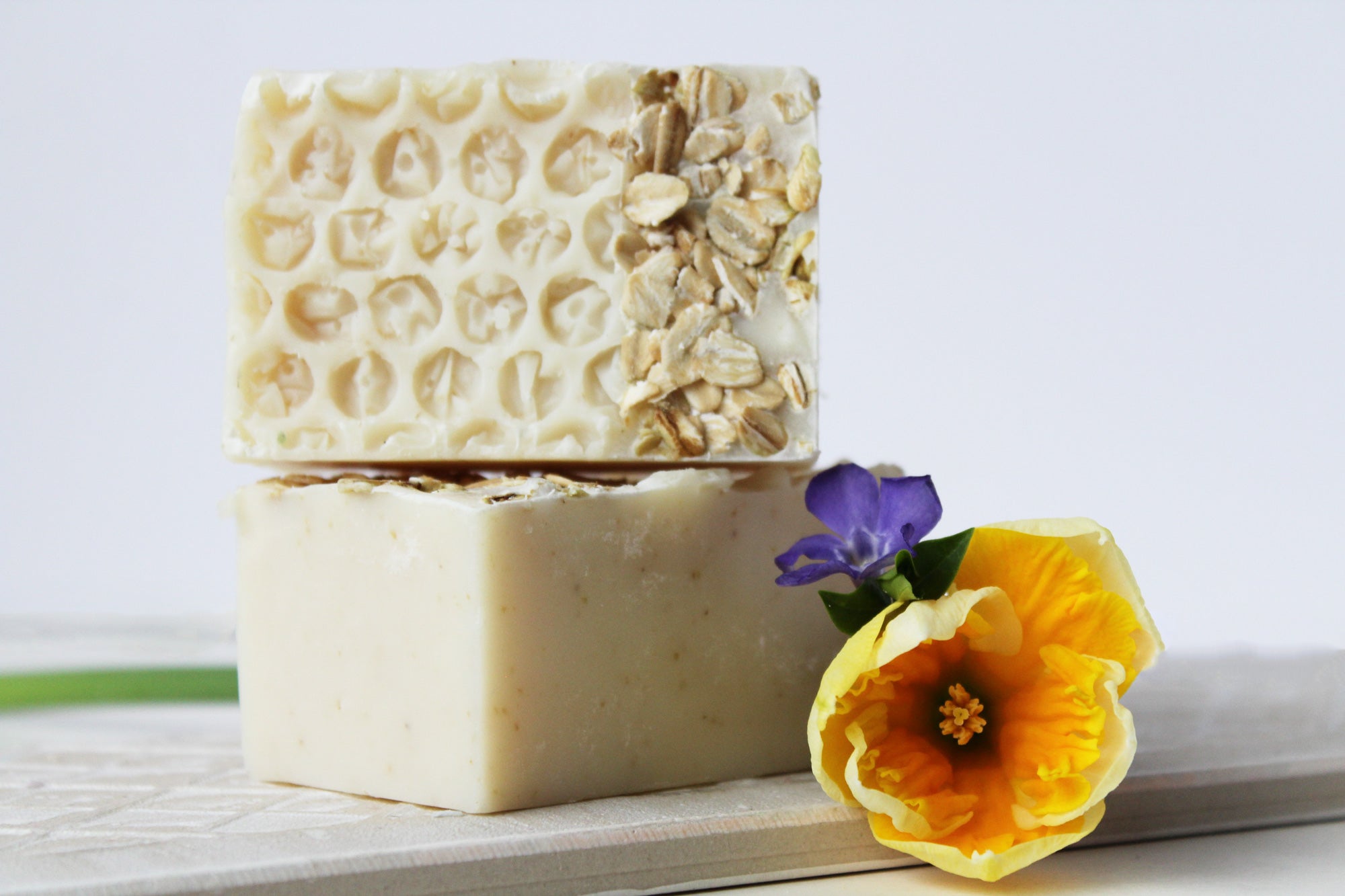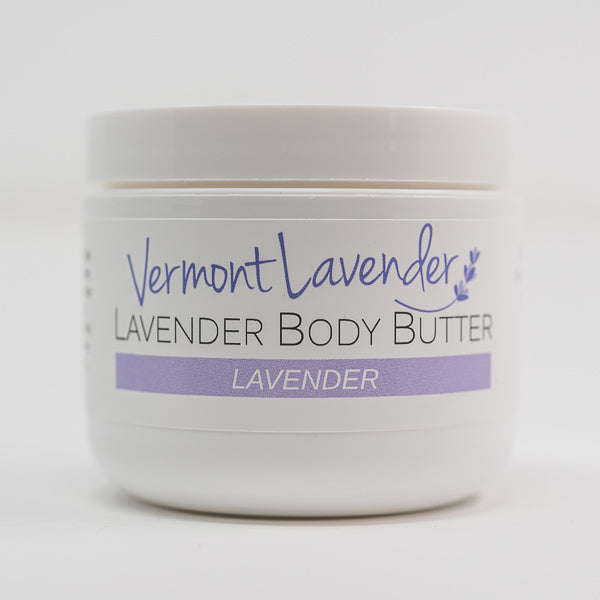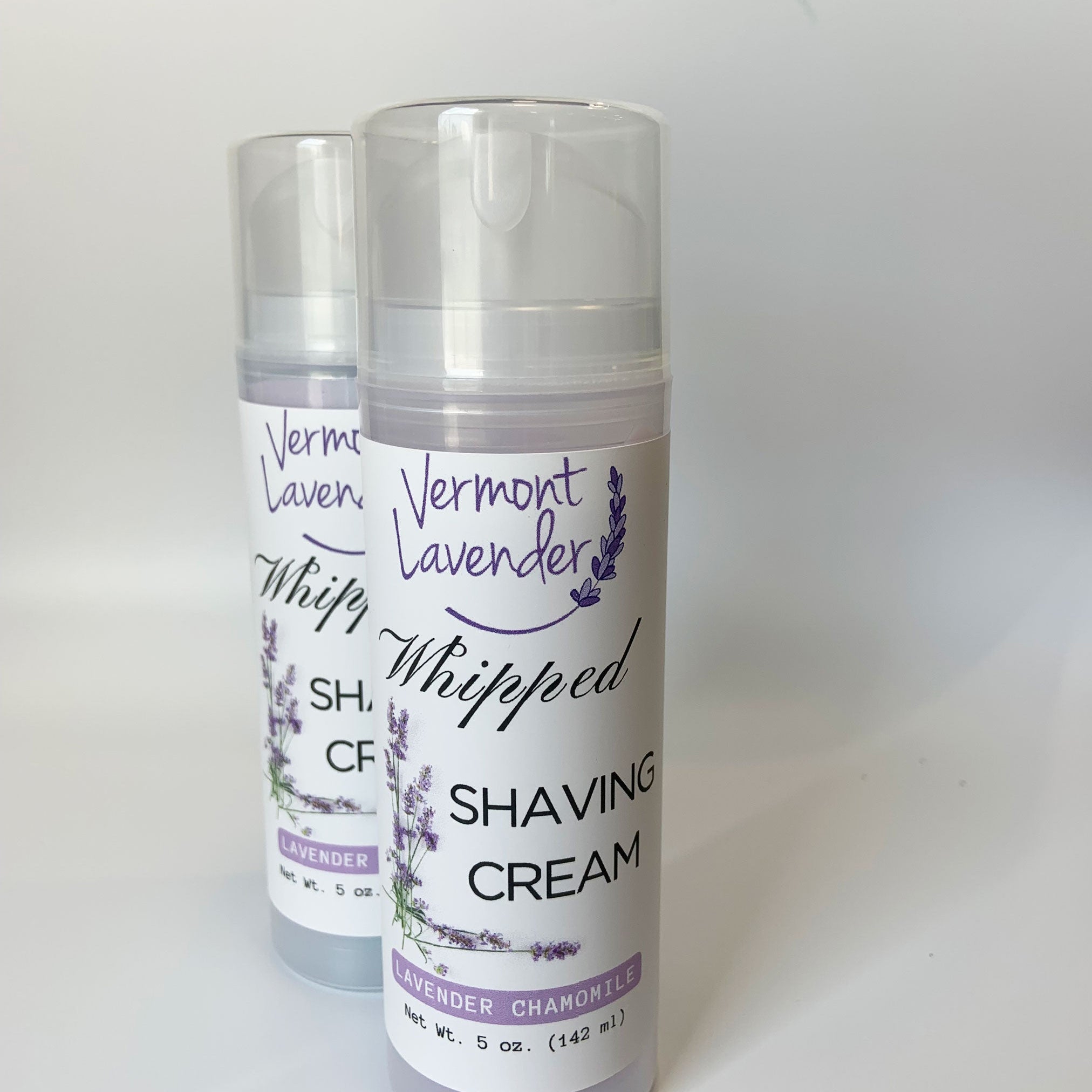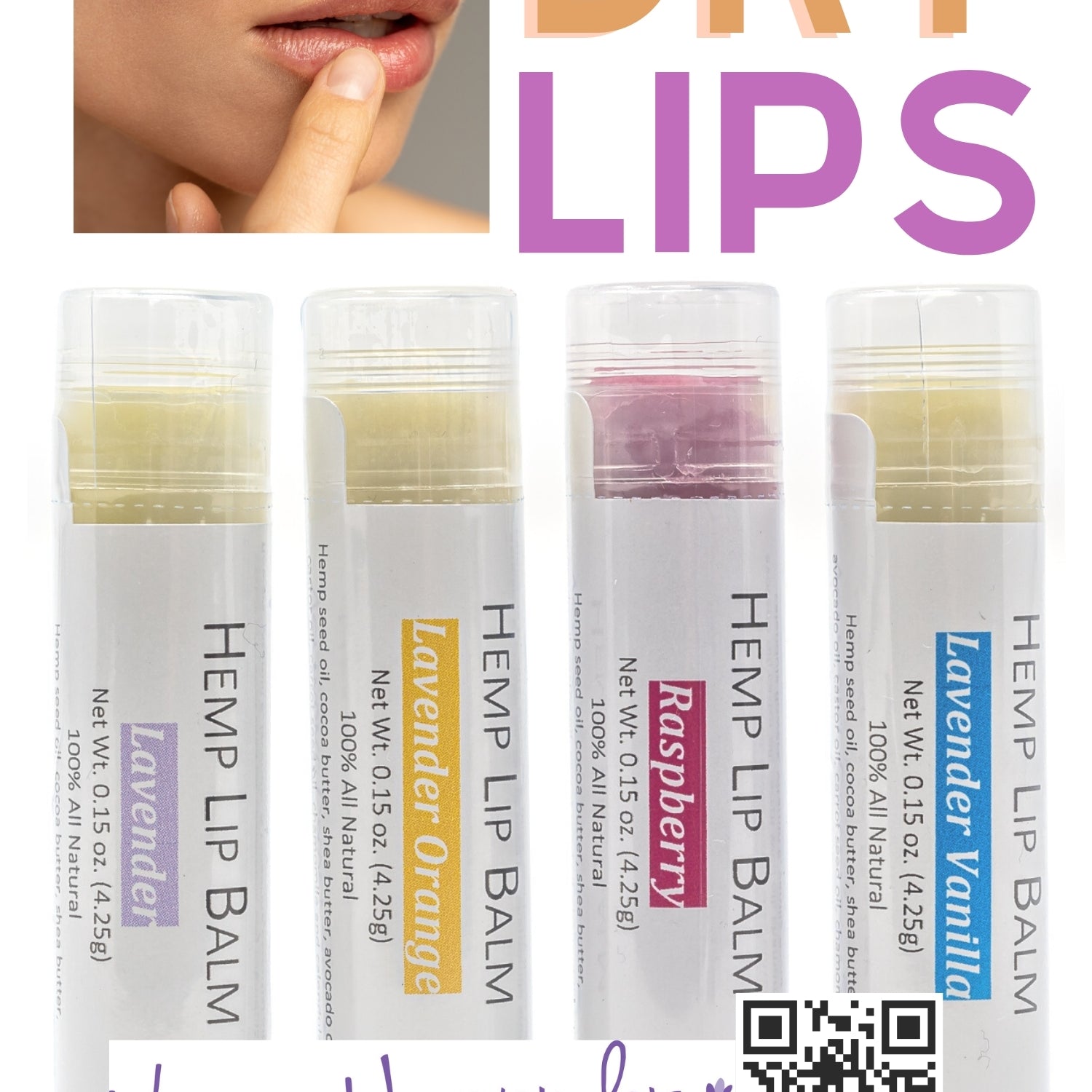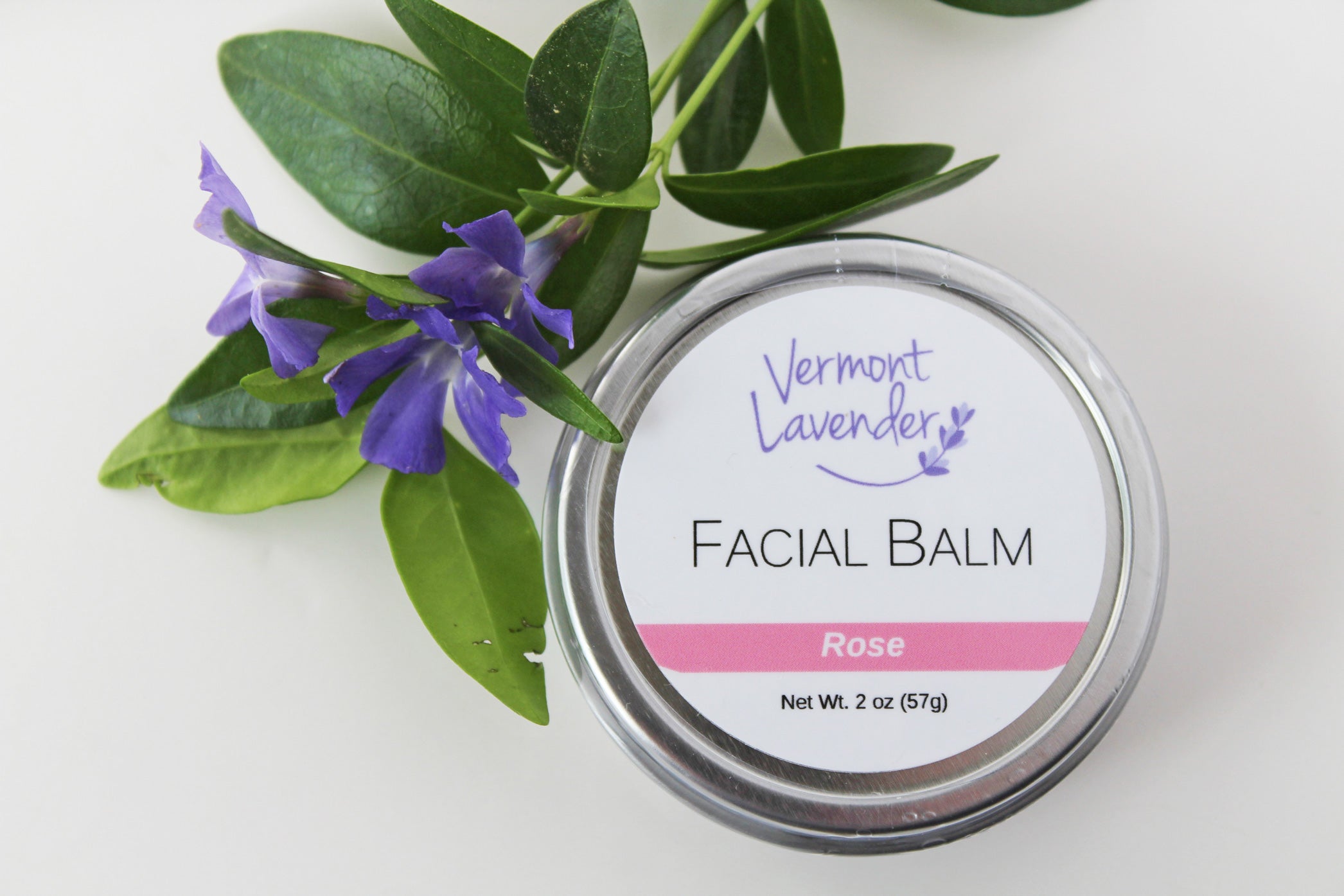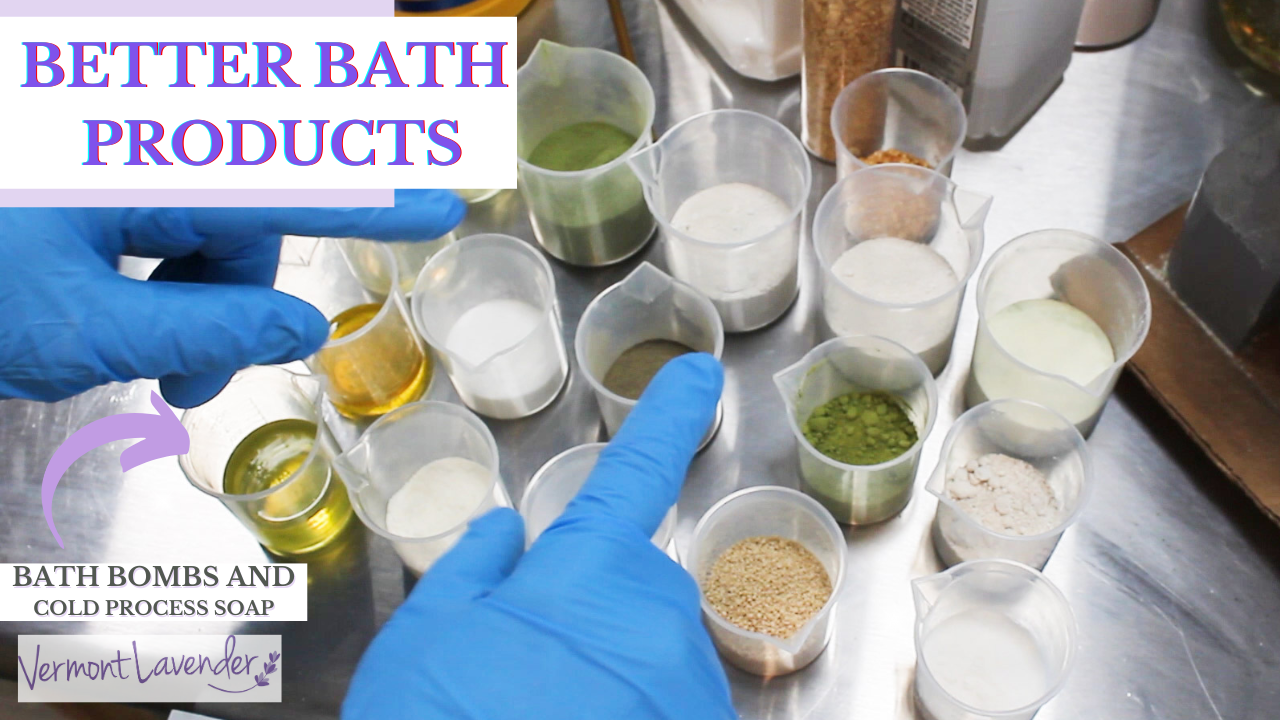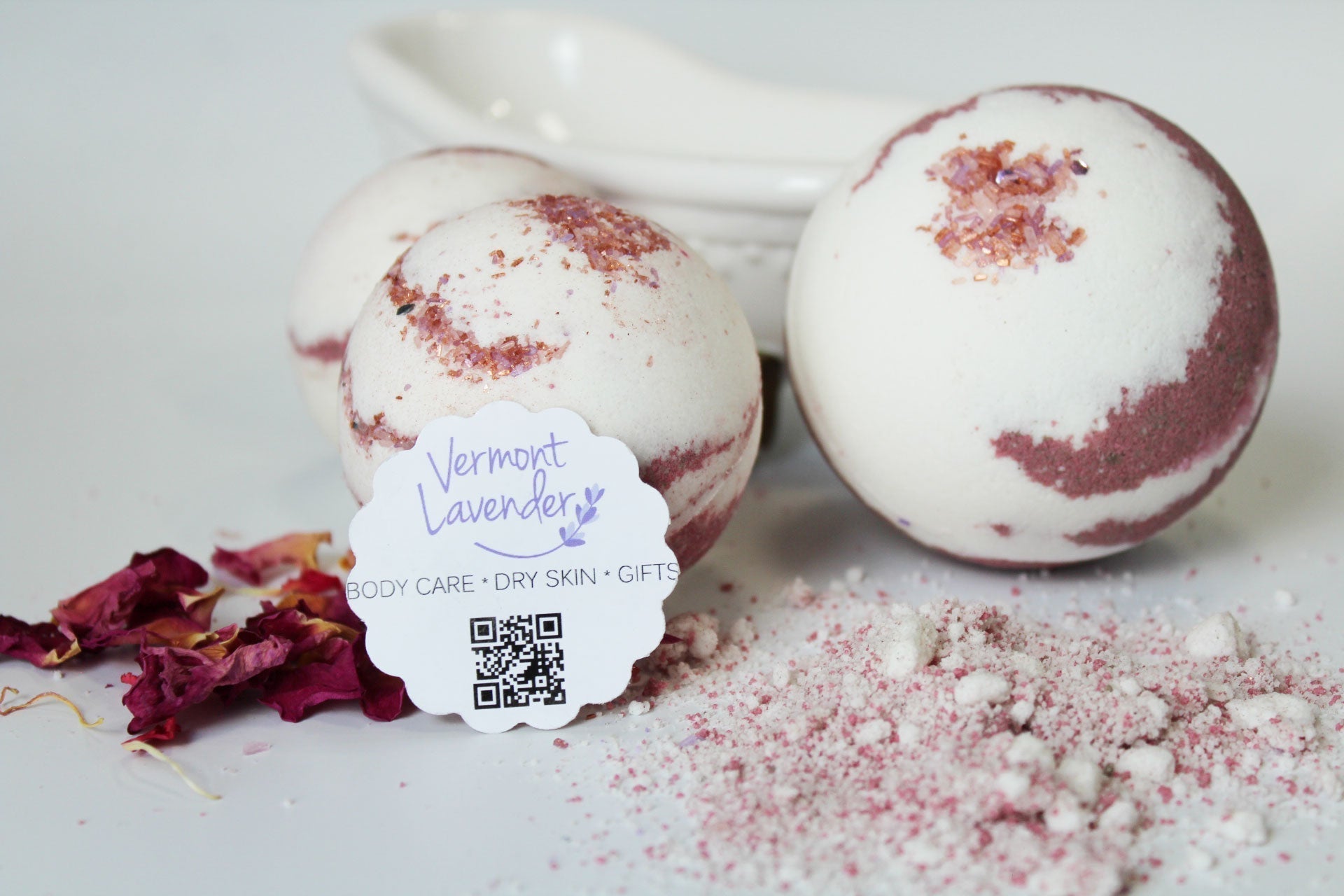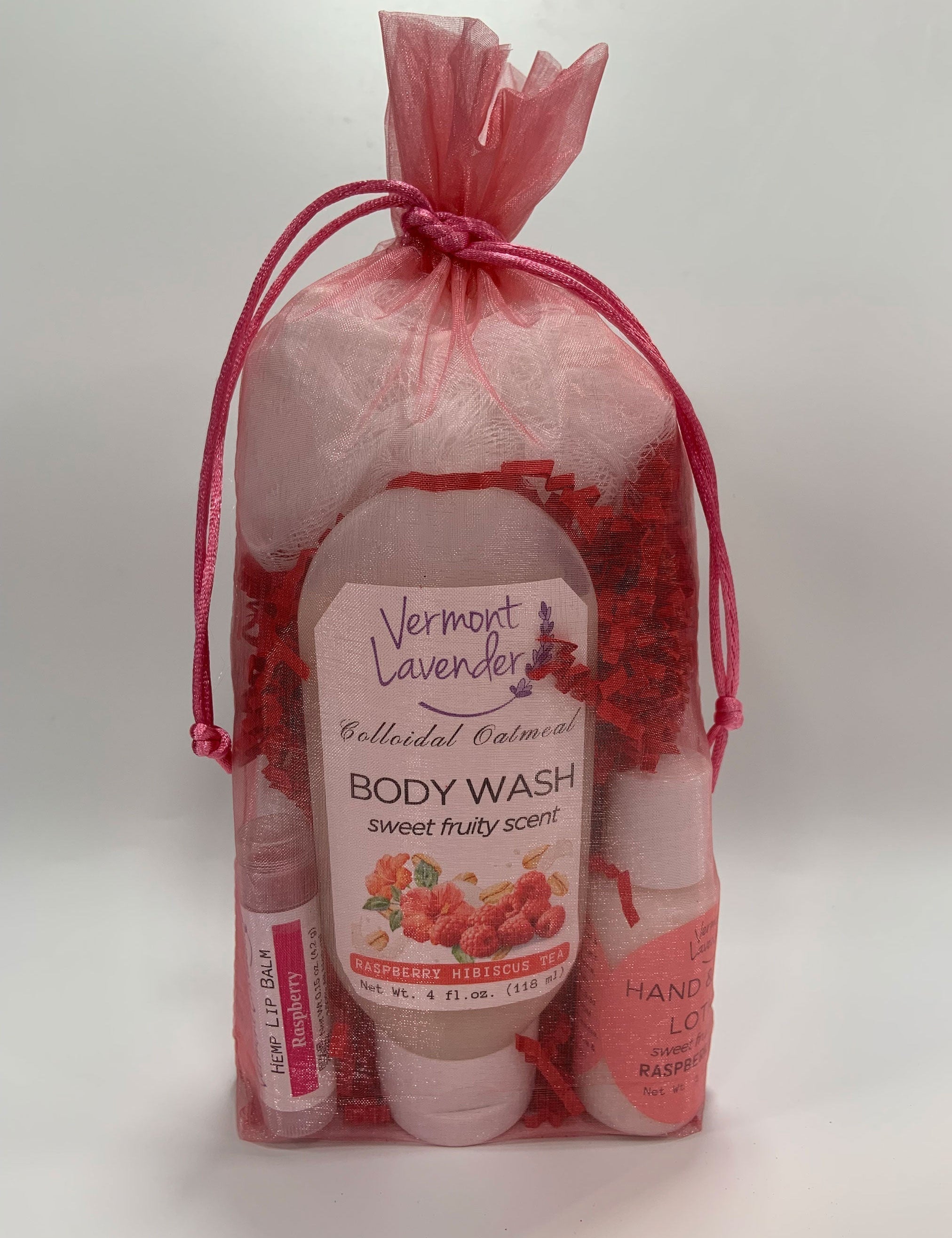Let me tell you—when I first started making bath bombs and soaps, I thought if it fizzed and smelled good, I was doing great. But after one winter where my skin got so dry it felt like crepe paper (seriously, it crackled), I knew I needed better ingredients—stuff that helped dry skin, not just looked cute.
I dove headfirst into powders. I tested everything. Some made the water feel silky and rich, and others… just made a mess. But the good ones? Absolute game-changers. Here are the powders I swear by now—most of them end up in nearly every dry-skin-friendly recipe I make.
Colloidal Oatmeal – The Comfort Food for Skin
I always call this the “chicken soup” of bath ingredients. If your skin is red, flaky, or just plain cranky, colloidal oatmeal swoops in like a hug in powdered form. It soothes, calms, and leaves this lovely, creamy feel in the water. I’ve even had customers come back and say, “I didn’t need lotion after!” That’s a win. But it’s a good idea to follow up with a body butter or creamy rich lotion.
Kaolin Clay – The Gentle Cleanser
Okay, not all clays are created equal. Some suck the life (and moisture) out of your skin. But kaolin clay? It’s super gentle. Think of it like a soft sponge—it pulls away the gunk but leaves the good oils behind. Plus, it gives your bath bombs a smooth, professional texture. I use it as a base in so many recipes because it behaves well and plays nicely with others. This is a scent holder when used in making cold process soaps. Plus, this is the main ingredient when I make shower steamers, so they last longer.
Calamine Powder – Pink, Pretty, and Soothing
You’ve probably used calamine lotion on bug bites as a kid, right? That same soothing magic comes in powder form too. I add calamine powder when I’m making bath bombs for irritated or rash-prone skin. It has a light pink hue, which adds a nice touch to your product without needing artificial dyes, lakes or micas. I only use micas to color my bath care products, as a side note.
Dead Sea Mud Powder – Detox + Hydration
This one surprised me. I always thought of mud as dirty (ha!), but Dead Sea mud powder is packed with minerals that draw out impurities and leave your skin feeling plump—not tight. I love using it in my winter soap bars. It’s the secret sauce behind that “I just got a facial” feeling.
Buttermilk & Heavy Milk Powders – Milky Luxury
These two are like skincare’s dynamic duo. Buttermilk powder is rich in lactic acid, which gently exfoliates, while heavy milk powder adds deep moisture and softness. It’s like bathing in a creamy latte—minus the caffeine jitters. The water feels so soft and silky.
Honey Powder – Nature’s Moisturizer
Honey powder is tricky to store, but boy is it worth it. It attracts moisture to your skin and leaves this velvety-smooth feel. I love mixing it with colloidal oats and chamomile-infused oil (more on that below). It’s especially great for soothing winter skin that’s been through too many hot showers.
Aloe Vera Powder – Post-Sun Savior, Even in Soap
We usually think of aloe for sunburns, but aloe vera powder works wonders in bath bombs and soaps for everyday hydration. It has anti-inflammatory properties and blends beautifully with other powders. When I add this, I know I’m giving my skin a boost to healing goodness.
Spinach Powder – Yep, You Read That Right
This one was a happy accident. I had some leftover spinach powder from making green smoothies and thought, “Why not try it in soap?” Turns out, it’s rich in antioxidants and gives a soft, earthy green tone that feels spa-like. Just use a light hand—it can overpower fast. It makes a great natural colorant too for bath care products.
Matcha Green Tea – Antioxidant Powerhouse
I love matcha in both my cup and my tub. It smells so fresh and clean, and it’s packed with catechins that fight inflammation. It’s one of the few ingredients that helps both soothe and protect the skin barrier. I especially love pairing this with honey and oat powders in bath bombs. Imparts a beautiful dark green color, so use a light hand when using this additive.
🌹 Rose Petal Powder – A Gentle Touch of Luxury
I have a soft spot for rose petal powder. Not just because it smells like a dreamy garden, but because it’s one of those rare ingredients that’s both gentle and luxurious—perfect for dry or mature skin. When ground finely, it adds a silky feel to bath bombs and gives soaps a delicate, rosy hue.
Rose petals are naturally rich in vitamin C, antioxidants, and anti-inflammatory compounds, making them ideal for calming irritation and adding a soft glow to the skin. I especially love how it pairs with honey powder and kaolin clay—hydrating, calming, and oh-so-pretty.
I use it in my DIY Rose Gold Bath Bombs, which I just released as a full tutorial and paid PDF download. The color is soft and feminine, the scent is floral and balanced, and the skin feel is just chef’s kiss. If you're curious about making your own, this is a great beginner-friendly luxury recipe.
👉 Check out the Rose Gold Bath Bomb Download Here:
[Coming soon – link to your digital product]
Vitamin C Powder – Brighten & Boost
Dry skin often looks dull. Vitamin C powder helps brighten things up naturally. I only use a pinch (it’s potent), but it’s enough to help with tone and texture. It’s a nice way to sneak in a little skincare boost without needing a separate serum.
Here’s the difference between Vitamin C powder and Citric Acid so it gets used correctly when making bath care products.
🧪 Vitamin C Powder (Ascorbic Acid)
- Chemical name: L-ascorbic acid
- Function: Antioxidant; helps brighten skin, boosts collagen, and improves skin tone
- Uses in skincare: Popular in facial serums, masks, and brightening products
- pH: Typically around 3.5
- Solubility: Water-soluble
- Also used in bath products? Yes, but in small amounts—great for antioxidant support in bath bombs or soaps
🍋 Citric Acid
- Chemical name: Citric acid
- Function: pH adjuster, mild exfoliant, and the main acid used in bath bombs to react with baking soda and create fizz
- Uses in skincare: Found in exfoliants and as a pH balancer
- pH: Around 2.2
- Solubility: Water-soluble
- Essential in bath bombs? Yes, it’s part of the fizzing reaction
Now Let’s Talk Oils + Extras That Bring It All Together
🌼 Chamomile-Infused Sunflower Oil
This might be my favorite part. I grow chamomile in my Vermont herb garden, dry the blossoms, and infuse them into sunflower oil. It’s like bottling sunshine. Sunflower oil is lightweight, packed with Vitamin E, and calms inflammation. Infusing it with chamomile just adds even more skin-loving benefits.
🍇 Raspberry Seed Oil
I started using this when I wanted something that felt rich but wasn’t greasy. It’s full of omega 3 and 6, and it locks in moisture without clogging pores. Think of it like a protective blanket for your skin.
🧼 Cocamidopropyl Betaine
Okay, big name, but gentle heart. This coconut-derived surfactant is a mild cleanser that helps boost foam and makes everything feel luxurious without irritating dry or sensitive skin. I pair it with SLSA all the time.
🫧 SLSA (Sodium Lauryl Sulfoacetate)
Don’t confuse this with SLS (the harsh one). SLSA is derived from coconut and palm oils, and it gives bath bombs that glorious foam—without stripping the skin. I resisted using it at first (that long name!), but now I don’t make a foamy product without it.
Polysorbate 80
If you're adding oils or mica to your bath bombs, this is non-negotiable. It emulsifies everything so your tub doesn’t get stained and your skin gets the benefit of all the oils evenly. Trust me—your customers will thank you.
Is Polysorbate 80 Natural?
Polysorbate 80 is not considered a natural ingredient, but it is generally regarded as safe and gentle, especially when used properly in skincare products like bath bombs and emulsified scrubs.
What Is Polysorbate 80?
- It’s a synthetic emulsifier and solubilizer, meaning it helps oils and water mix.
- Made by reacting sorbitol (a sugar alcohol derived from corn) with ethylene oxide and oleic acid (usually from vegetable sources).
- It’s used to:
- Disperse essential oils in bath bombs so they don’t float on the surface
- Prevent mica or colorants from staining the tub
- Stabilize lotions and scrubs
Pros:
- Very effective at preventing bathtub rings and oil slicks
- Helps oils rinse cleanly off the skin
- Widely approved by regulatory agencies (FDA, EU, etc.)
- Mild and non-irritating for most skin types
Cons:
- Not natural or ECOCERT-certified
- It’s synthetically processed, which may not align with strict green beauty standards
- Some clean beauty brands prefer plant-derived alternatives
Alternatives (if you’re aiming for more natural formulations):
- Olivem 300 – a natural solubilizer from olive oil
- Plantasens HE20 – plant-derived and ECOCERT-compliant
- PEG-free options – but these usually require more testing for stability
My Opinion and Why I Use It:
If you're making bath bombs or scrubs that use oils and colorants, Polysorbate 80 is a reliable, skin-safe ingredient, even if it’s not 100% natural. I personally use it in my bath products when I want to avoid mess and create a better user experience—because if someone’s tub turns pink from mica... they’re not coming back!
A Final Tip From Someone Who’s Made All the Mistakes
Here’s the truth: I used to overload my bath bombs with every ingredient I thought sounded fancy. It didn’t work. The key is balance. Pick 3-4 powders that suit your goal (hydration, soothing, detoxing), and build from there. Keep your oil phase simple but effective. And always, always test your products before you sell or gift them.
Watch My Full Ingredient Breakdown
Video: Best Ingredients for Bath Bombs & Soaps for Dry Skin
Explore my favorite tools and powders here:
Beauty Tools for Radiant Skin (affiliate link)
Affiliate Disclosure
Some links in this article may be affiliate links, which means I earn a small commission if you purchase through them—at no extra cost to you. Thank you for supporting me and my small business!
Related Blog Posts
- DIY Tulip Shower Steamers – Perfect for Spring & Self-Care
- 10 Dry Skin Care Routine Steps | Daily Skin Care at Home
- DIY Rose Gold Bath Bombs – Sparkle Up Your Self-Care Routine
Disclaimer:
We are not responsible for the products you create from our recipe. You alone are responsible for product and recipe testing to ensure compatibility and safety.
